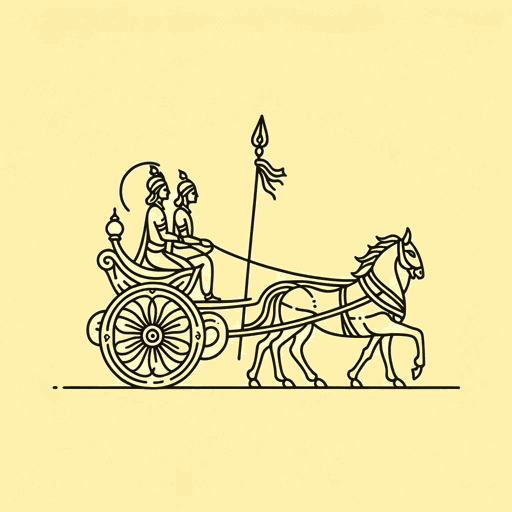59 pages • 1 hour read
Swami Prabhavananda, Transl. Christopher IsherwoodBhagavad Gita
Nonfiction | Scripture | Adult | Published in 1972A modern alternative to SparkNotes and CliffsNotes, SuperSummary offers high-quality Study Guides with detailed chapter summaries and analysis of major themes, characters, and more. For select classroom titles, we also provide Teaching Guides with discussion and quiz questions to prompt student engagement.
Before Reading
Reading Context
Use these questions or activities to help gauge students’ familiarity with and spark their interest in the context of the work, giving them an entry point into the text itself.
Short Answer
1. Compare and contrast the differences between polytheistic and monotheistic faiths. In which regions of the world are these different belief systems practiced? What are some of the major world religions that fall into either category? Do their core doctrines hold any similarities? If so, what are they?
Teaching Suggestion: This question orients students with the religious structure of the Bhagavad Vita. As a core text in Hinduism, the Bhagavad Gita touches upon the importance of The Search for Enlightenment and The Binary Nature of Existence within the context of the story’s setting of Battle and War. “Hinduism” is the name attributed to the faiths of the South Asian subcontinent; in particular, this belief system includes a multitude of gods and goddesses that western scholarship denotes as a single polytheistic (“many gods”) religion. Despite Hinduism’s polytheistic orientation, the Bhagavad Gita centers on the god Krishna, who asserts his unity and omnipotence as the Universe and the Self. The following links provide more information regarding the definitions of theism, as well as global distribution of religious faiths.

